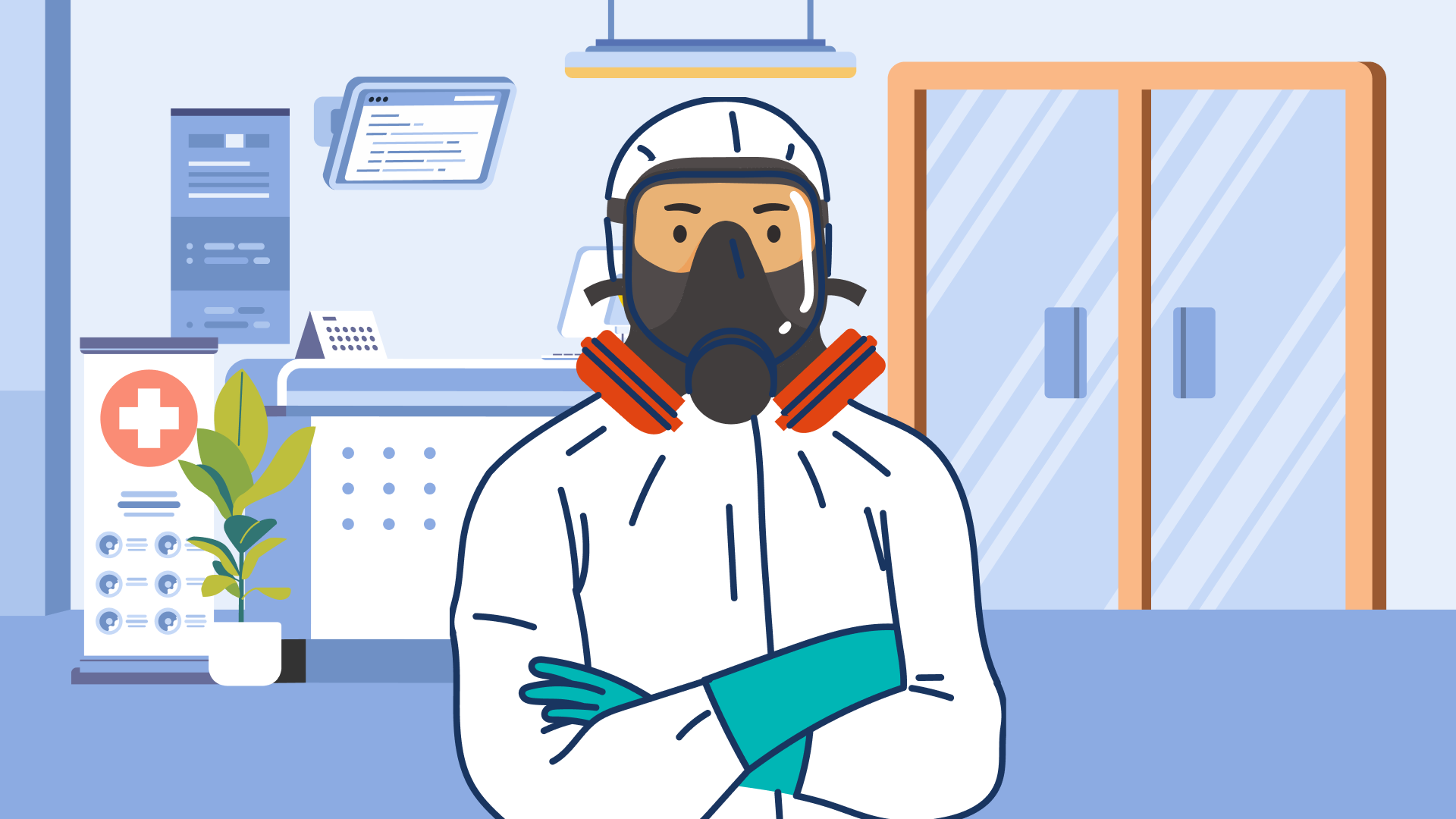Time to read : 4 Minutes
The pandemic came with a lot of shocks for all of us - but isn't it concerning that Australia didn’t have any kind of centralised method of responding to a national health crisis?
As the Covid crisis swept the world, the World Health Organisation (WHO) and the US CDC became household words. Now, in 2024, Australia is launching its very own CDC.
Why now?
Frankly, it’s surprising that Australia hasn’t created a centralised agency for disease and control already. After all, the Spanish flu pandemic was a notable health emergency as far back as 1918. Given Australia only federated in 1901, it was our first pandemic before the word ‘pandemic’ inserted itself into everyday conversation.
We’ve also survived the following nationwide health emergencies:
1957 - influenza
1968 - bird flu
1976 - swine flu
1997 - bird flu (again)
2009 - swine flu (again)
Better Late than Never:
It took the combined impact of these most recent recent public health emergencies to get the CDC underway:
2019–20 bushfires and other natural disasters, such as Cyclone Jasper, which just finished unleashing its fury all over northern Queensland.
These crises required urgent responses and rapid rollouts of programs that had no centralised point of control or organisation - seeing as almost all health services are managed by various state-based bureaucracies.
Now, however, national health emergencies will be handled by the Australian CDC, which sits within the Department of Health and Aged Care.
Can the CDC prevent future health crises? This is unlikely, but getting a step closer to better management of similar situations to the one (not all of us) lived through in 2019-2021 is a positive step.
Why a CDC is important:
Well, firstly, because Covid isn’t over for everyone.
On 20 October 2023, Australia’s Chief Medical Officer in agreement with The Australian Health Protection Principal Committee (AHPPC) announced that COVID-19 is “no longer a Communicable Disease Incident of National Significance (CDINS).”
This effectively ends the Covid-19 emergency response that began back in 2019. A great deal of this downgrade has to do with the now-widely available vaccines.
However, AHPPC also noted that "COVID-19 remains a public health threat", cautioning that the virus poses continuing risks for:
older people,
aged care residents,
people with disabilities,
and people with serious health conditions.
Secondly, the risk of similar public health emergencies is on the rise. The reasons for these increased risks include:
changes in our natural environment, leading to health issues,
more diseases that spread from animals to people,
increasing vulnerability driven by climate change.
The risk of disease outbreaks occurring in the wake of our natural disasters is growing - because the disasters themselves are more frequent.
Following the floods in southeast Queensland and northern New South Wales, cellulitis, leptospirosis, and Ross River Virus became a frightening reality.
There’s no cure for Ross River virus, and it’s spread by mosquitoes - so you can imagine the health implications after one of Australia’s trademark floods.
The CDC’s remit includes management of this kind of fallout during and after these kinds of natural disasters hit our communities. They outline five key objectives:
strengthening evidence-based decision-making,
enhancing national coordination,
supporting national action,
improving international connections,
efficiently utilising resources for preparedness and response.
There’s a particular note to working in partnership with First Nations people as well.
There are no specifics around addressing the stark contrast in mortality rates among indigenous communities, and no mention of the impact this had on pandemic response rates - and results - gained around the nation. At the height of the pandemic, these communities were 6 times more likely to die from the virus than the rest of us.
While it’s about time we had a centralised body for managing health emergencies, I remember the Lismore residents who waited weeks for fresh water and vital medical supplies in 2022.
There are also survivors of the 2019 Black Summer bushfires who are still homeless. These Australians are at a heightened risk of illness through no fault of their own.
Access to medications and services is lower among economically disadvantaged communities - and these disparities become heightened during emergency events. This, it seems, is not to be the responsibility of the CDC.
The bottom line:
The new Centre for Disease Control (CDC) opens its doors in 2024.
The CDC’s focus will be on centralised management of national health crises like the Covid-19 pandemic.
The CDC will also be responsible for managing public health in disaster-affected areas - but not for ensuring disadvantaged communities are not further impacted by those disasters.
(This last part is a colossal shame.)


































